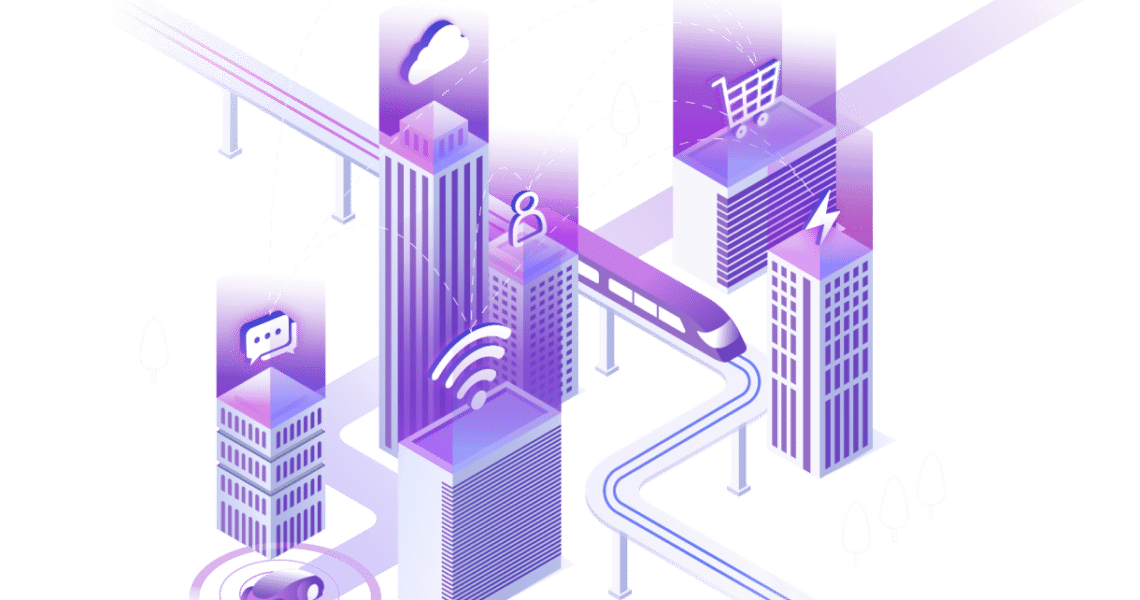
Blockchain, the Internet of Things (IoT), and Artificial Intelligence (AI) are three key technologies poised to revolutionize industries and drive the next wave of digital transformation. A recent paper by Sandner, Gross, and Richter (2020) explores how these technologies can converge to create new business models and opportunities.
The Power of Convergence
The authors argue that blockchain, IoT, and AI are complementary technologies that, when combined, can unlock their full potential. Here’s how they envision this convergence:
- IoT devices collect and provide data
- Blockchain provides the infrastructure and sets up rules of engagement
- AI optimizes processes and rules
This synergy could lead to autonomous agents (such as sensors, cars, machines, and other IoT devices) acting as independent profit centers. These agents would:
- Have a digital twin leveraging IoT
- Send and receive money using blockchain technology
- Make autonomous decisions as independent economic agents using AI and data analytics
Improving Data Management
The convergence of these technologies offers several benefits for data management:
- Standardization: Blockchain can help standardize data formats, improving interoperability between different systems (Karafiloski and Mishev, 2017).
- Privacy and Security: Blockchain’s cryptographic features can enhance data privacy and security for IoT devices (Zyskind et al., 2015).
- Scalability: AI algorithms can optimize blockchain performance, addressing scalability concerns (Liu et al., 2019).
Authentication and Identity Management
Blockchain technology can provide robust identity management for IoT devices, ensuring secure and trustworthy interactions between machines, individuals, and companies (Zhu and Badr, 2018).
Automating Business Processes with Smart Contracts
Smart contracts, self-executing agreements on the blockchain, play a crucial role in connecting IoT, AI, and blockchain. However, the authors argue that for smart contracts to reach their full potential in industrial applications, a blockchain-based fiat currency (like a digital Euro) is necessary.
A Real-World Use Case: Smart Street Lights
The paper presents an intriguing use case of a smart street light network:
- Each lamp has its own blockchain-based identity
- Lamps operate using a blockchain-based Euro
- Pay-per-use models enable micropayments directly to the lamps
- AI optimizes maintenance schedules based on usage data
- Tokenization allows investors to fund and profit from the network
This example demonstrates how the convergence of blockchain, IoT, and AI can create new, efficient, and potentially disruptive business models.
Conclusion
The convergence of blockchain, IoT, and AI presents exciting opportunities for innovation and digital transformation. As these technologies continue to evolve and integrate, we can expect to see new business models emerge across various industries.
While challenges remain, such as regulatory compliance and integration with legacy systems, the potential benefits of this technological convergence are significant. Business leaders and technologists should closely monitor these developments to stay ahead in the rapidly changing digital landscape.
References:
- Sandner, P., Gross, J., & Richter, R. (2020). Convergence of Blockchain, IoT, and AI. Frontiers in Blockchain, 3, 522600.
- Karafiloski, E., & Mishev, A. (2017). Blockchain solutions for big data challenges: a literature review. In IEEE EUROCON 2017-17th International Conference on Smart Technologies (pp. 763-768). IEEE.
- Zyskind, G., Nathan, O., & Pentland, A. (2015). Decentralizing privacy: Using blockchain to protect personal data. In 2015 IEEE Security and Privacy Workshops (pp. 180-184). IEEE.
- Liu, M., Yu, R., Teng, Y., Leung, V., & Song, M. (2019). Performance optimization for blockchain-enabled industrial internet of things (IIoT) systems: A deep reinforcement learning approach. IEEE Transactions on Industrial Informatics, 15(6), 3559-3570.
- Zhu, X., & Badr, Y. (2018). Identity management systems for the internet of things: a survey towards blockchain solutions. Sensors, 18(12), 4215.
(Note: This blog post is based on the paper by Sandner et al. (2020) and includes key points and insights from their work. For the most accurate and complete information, please refer to the original paper.)